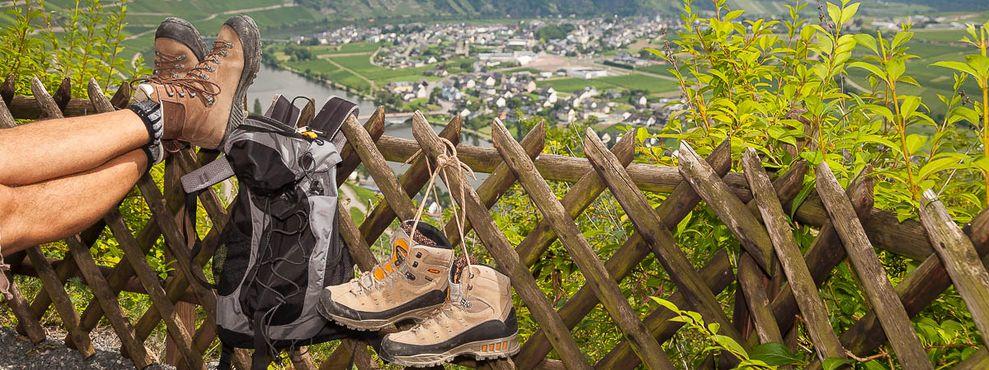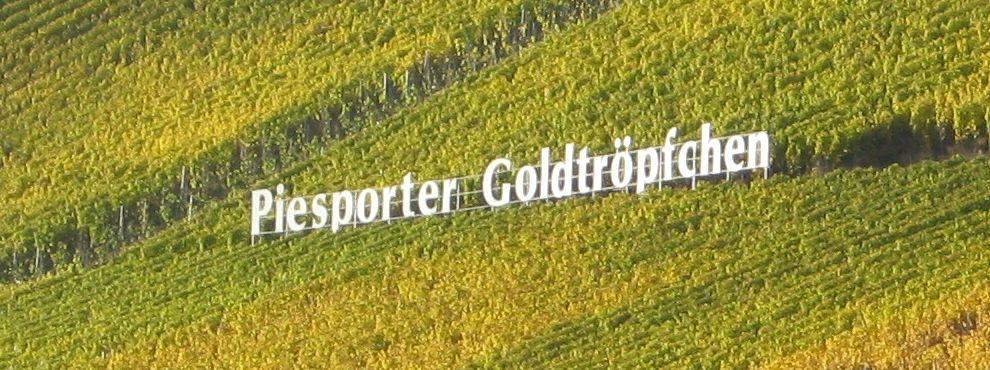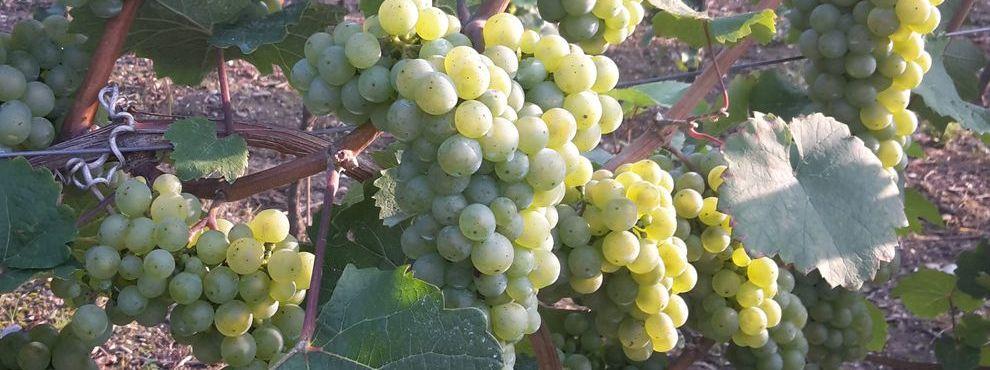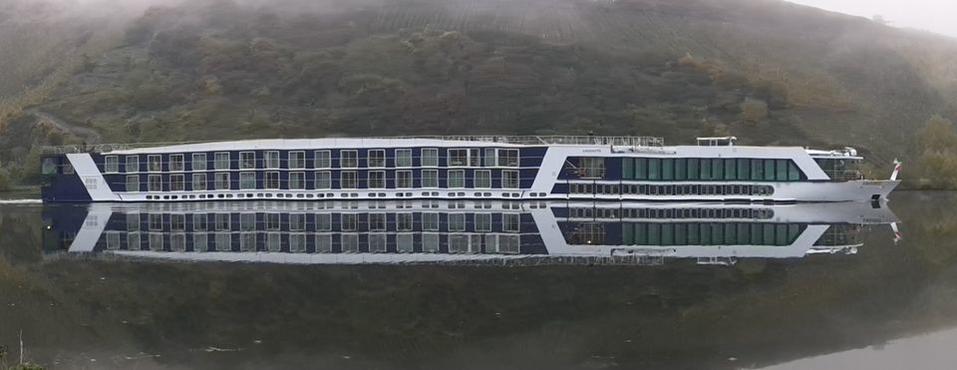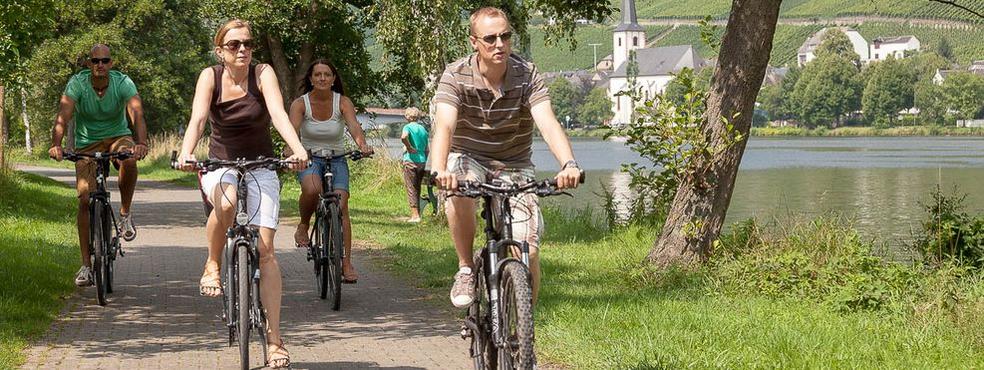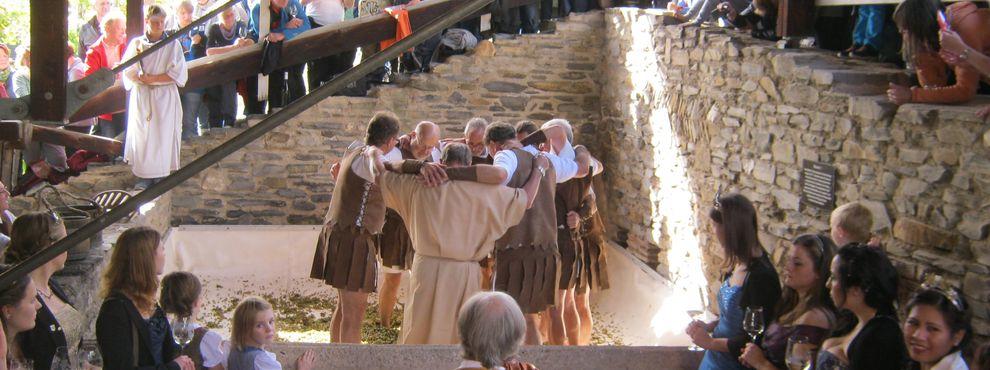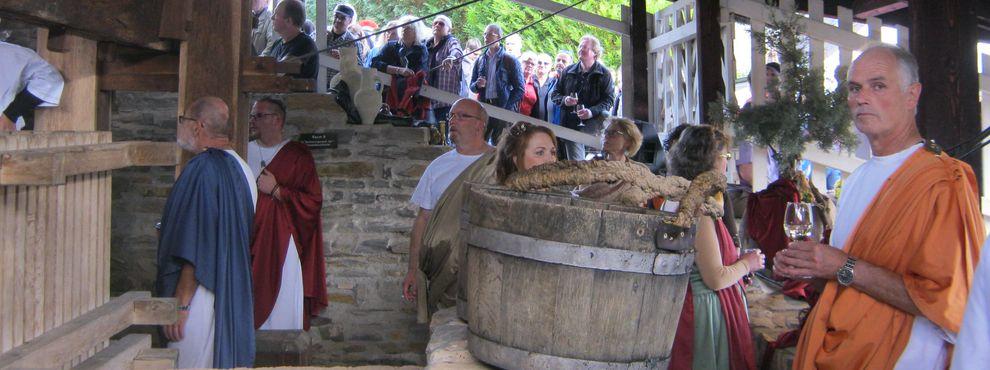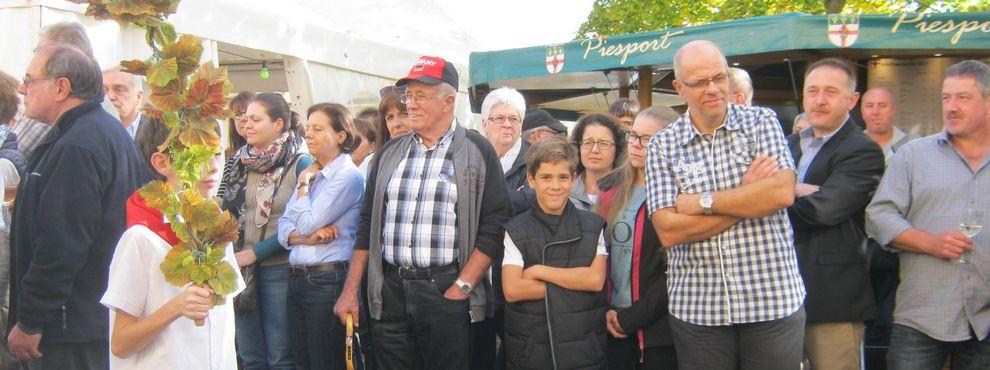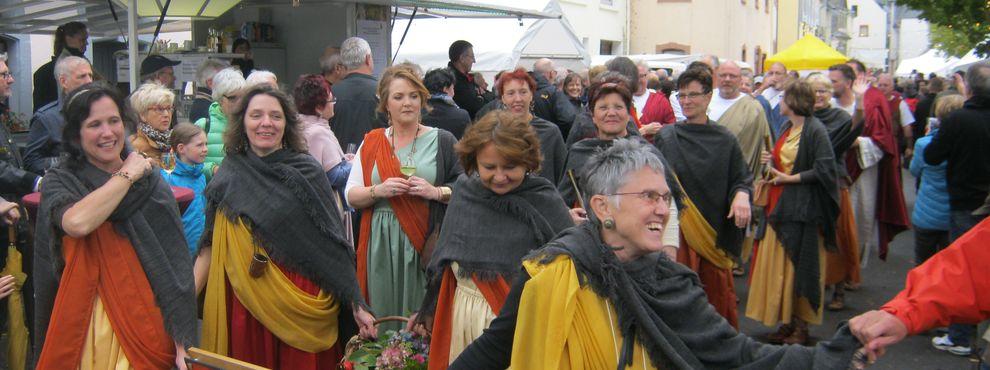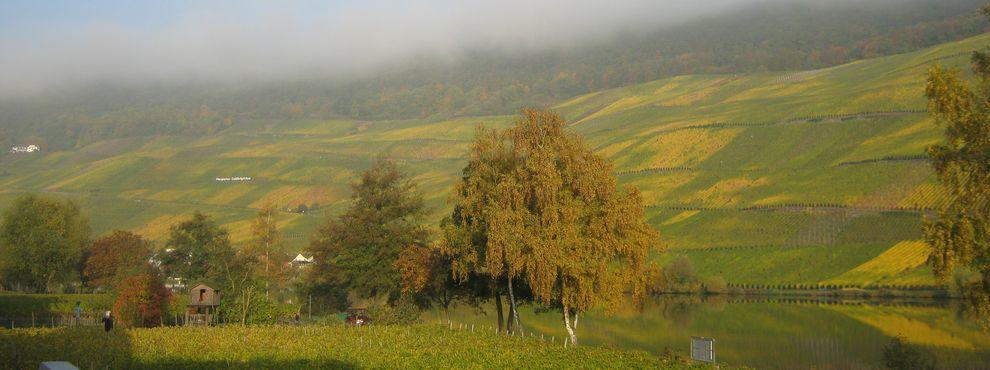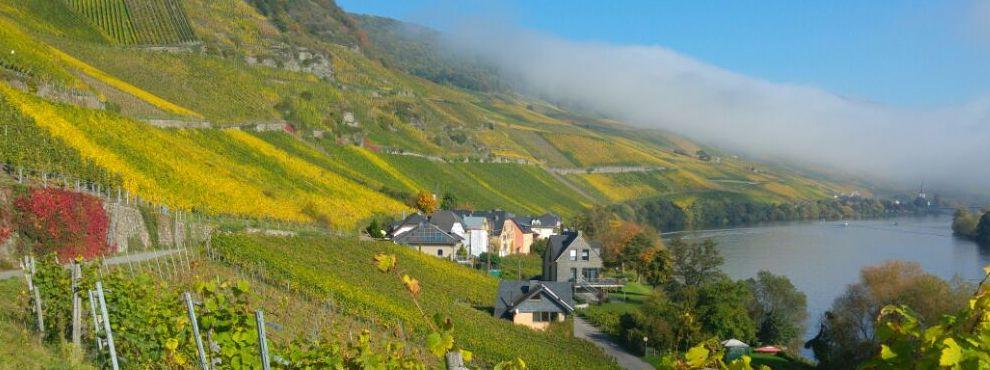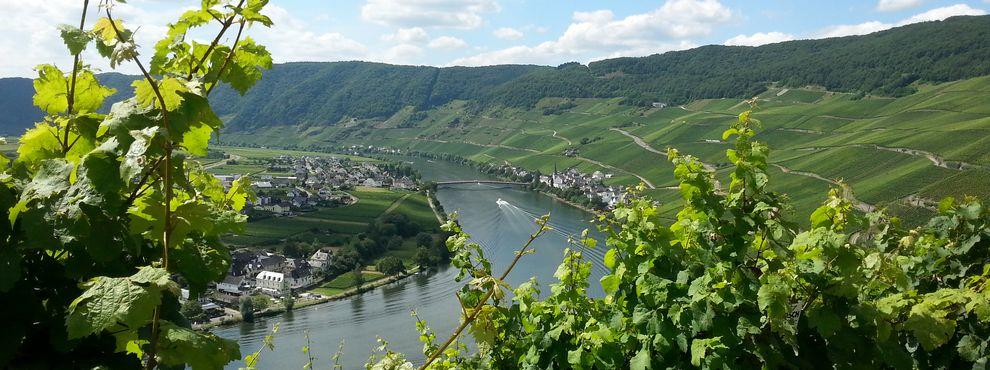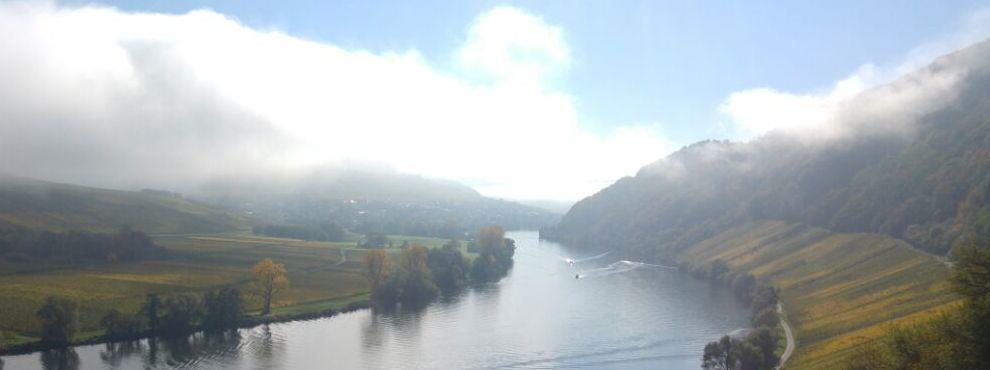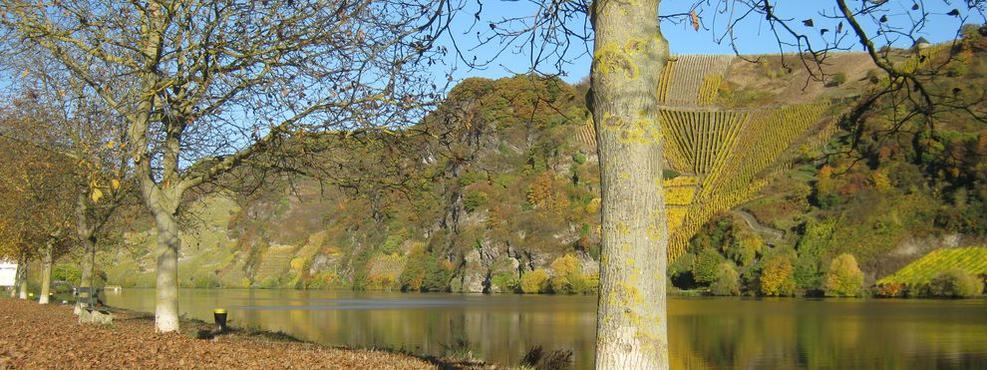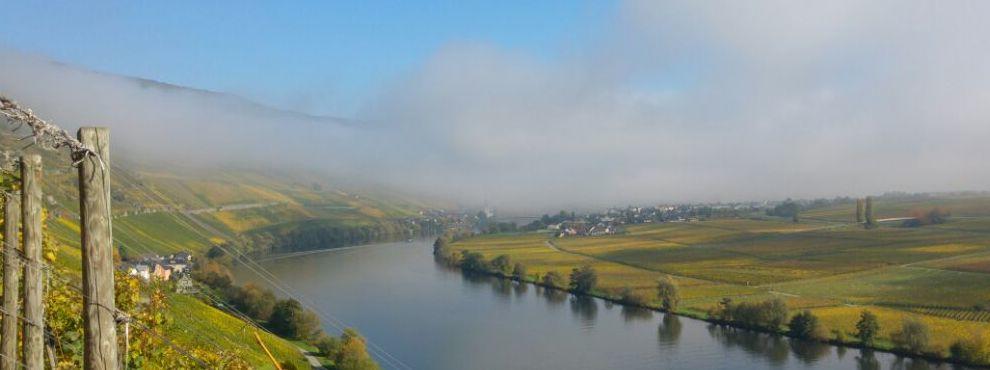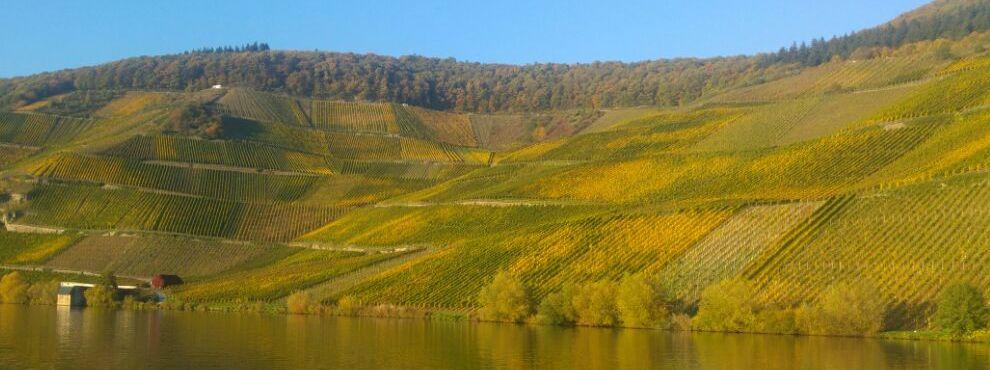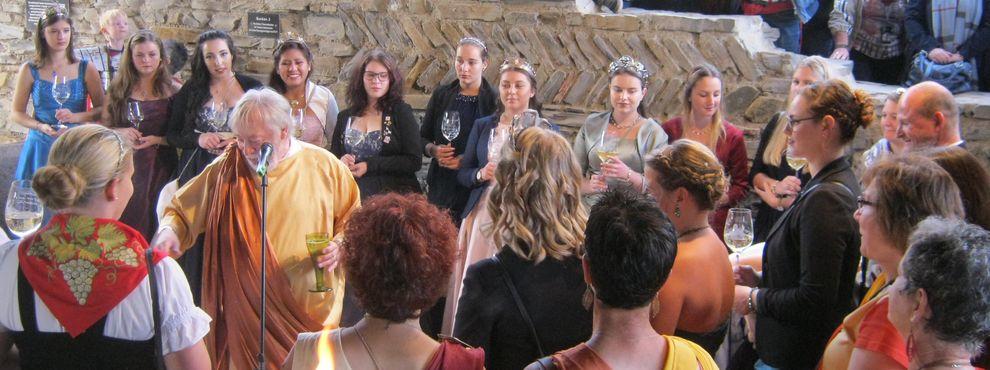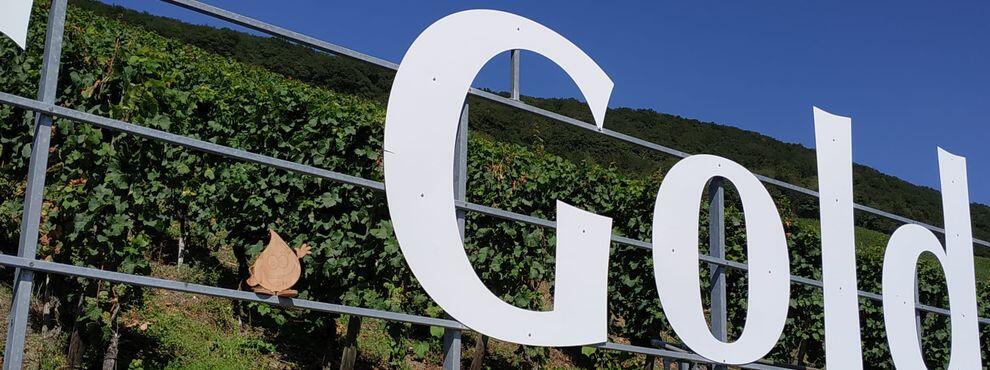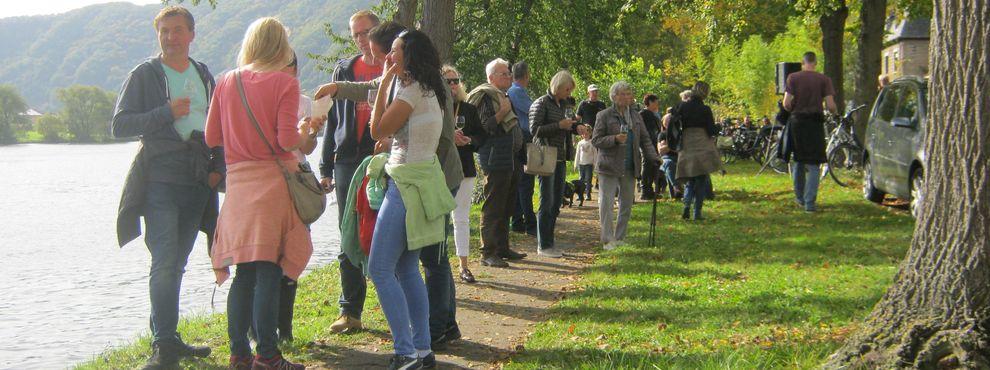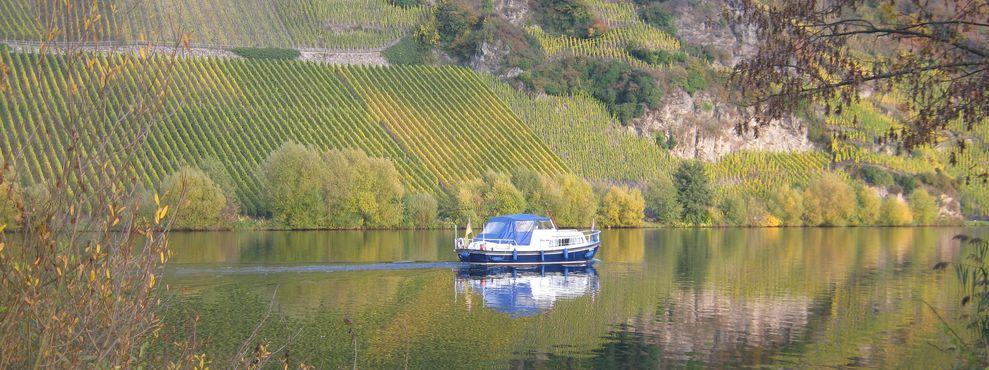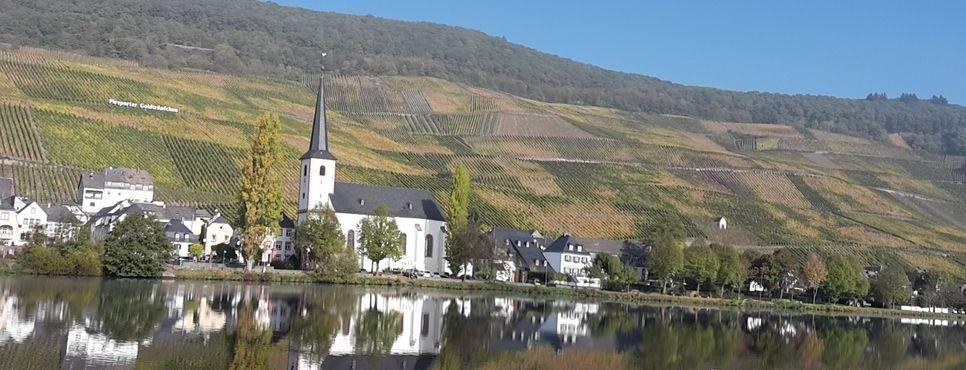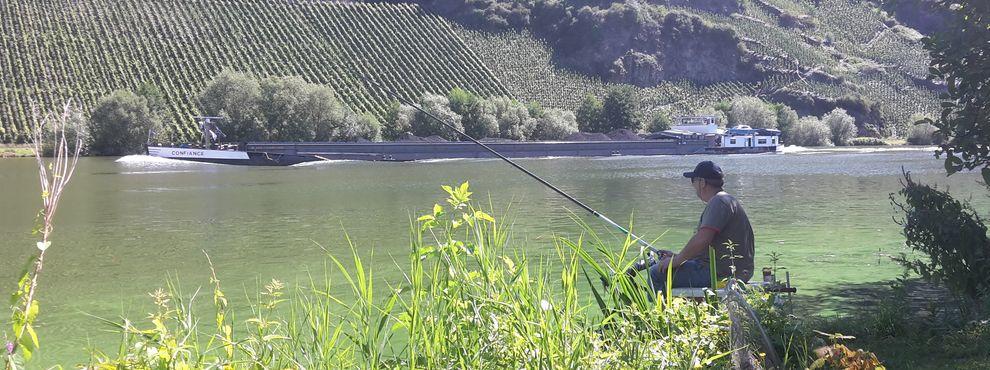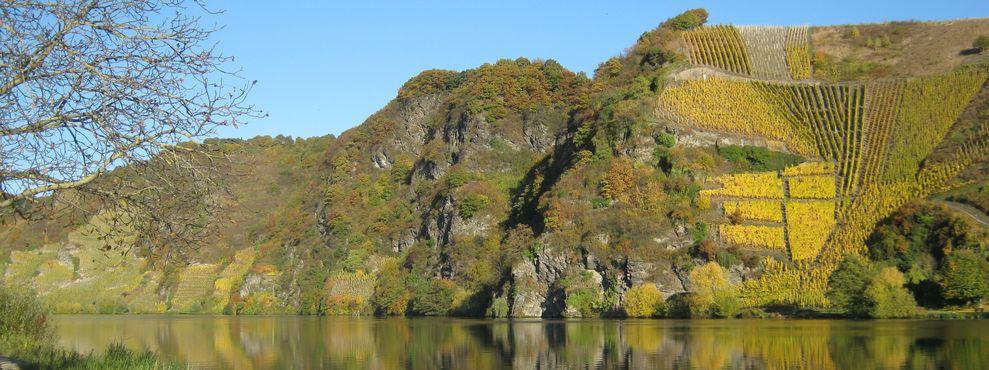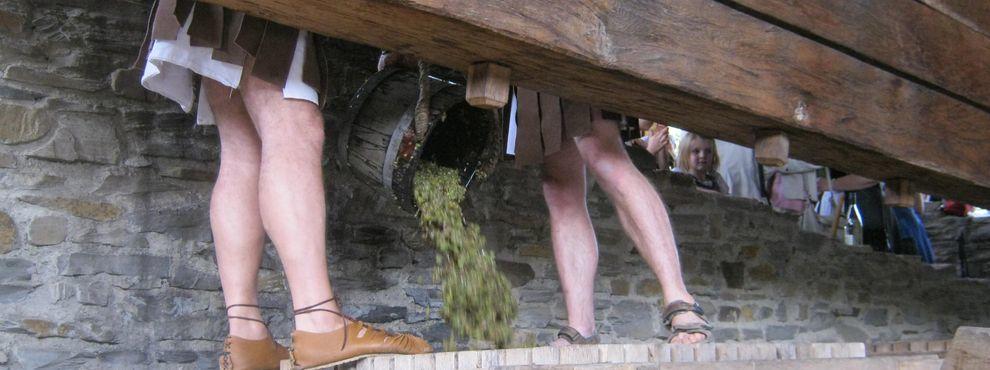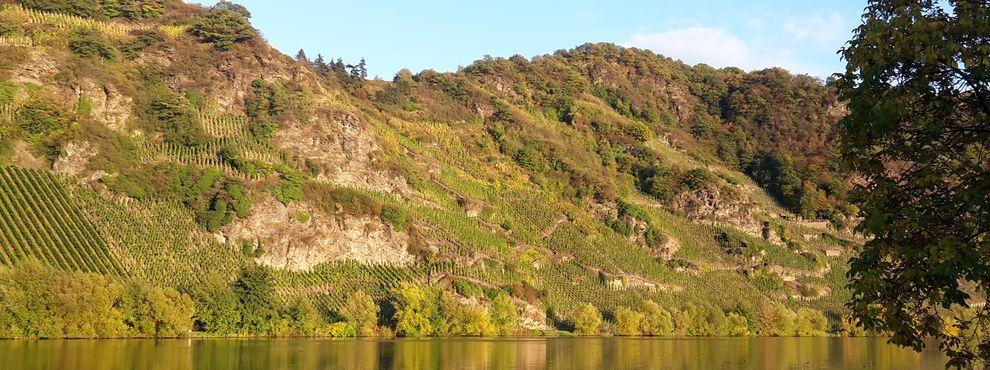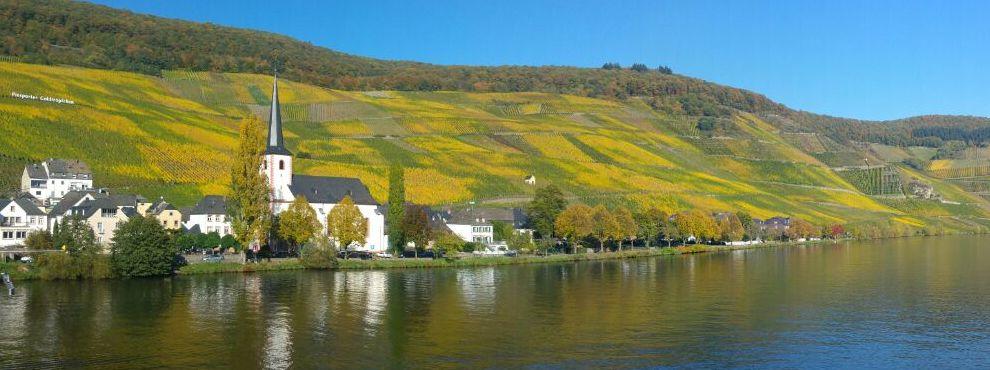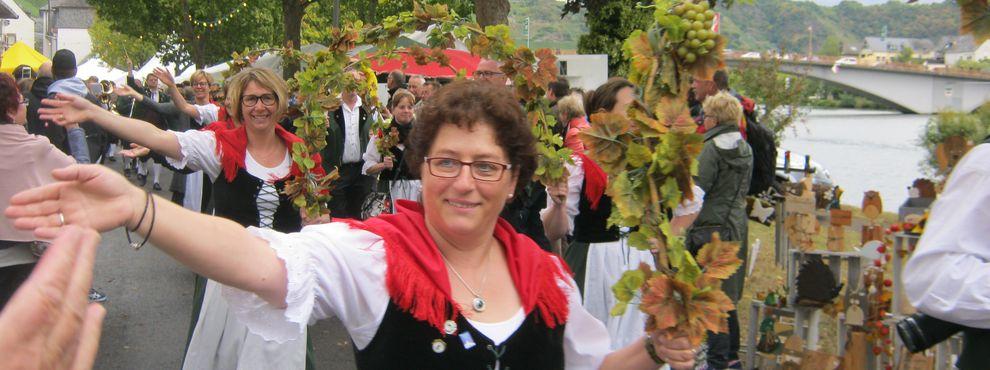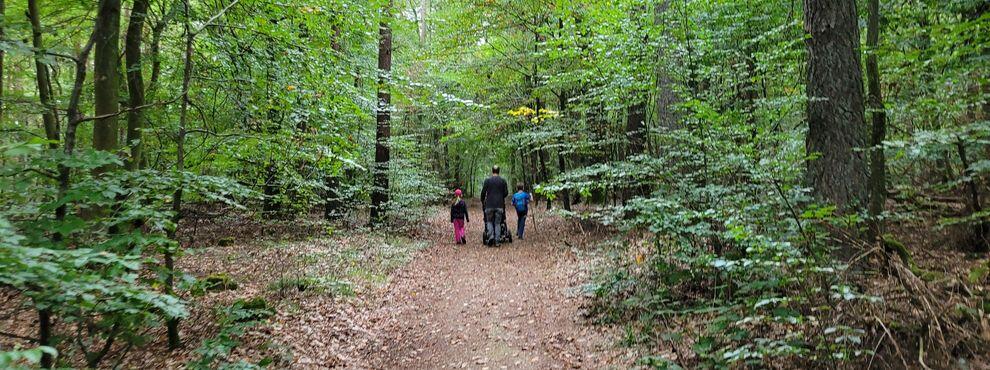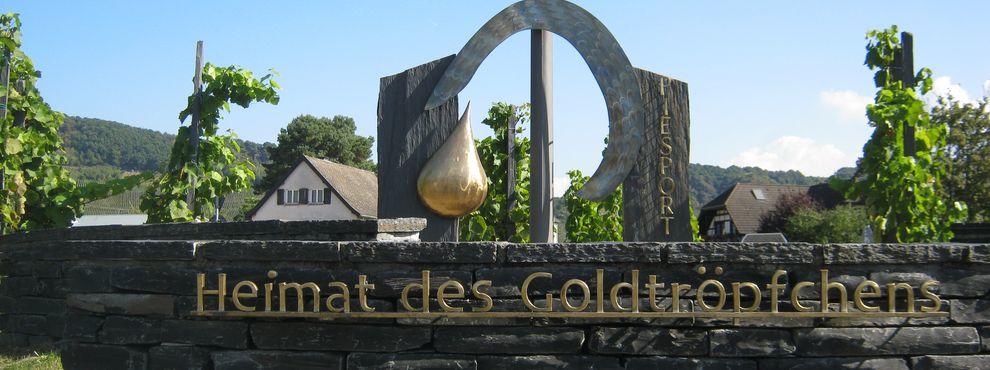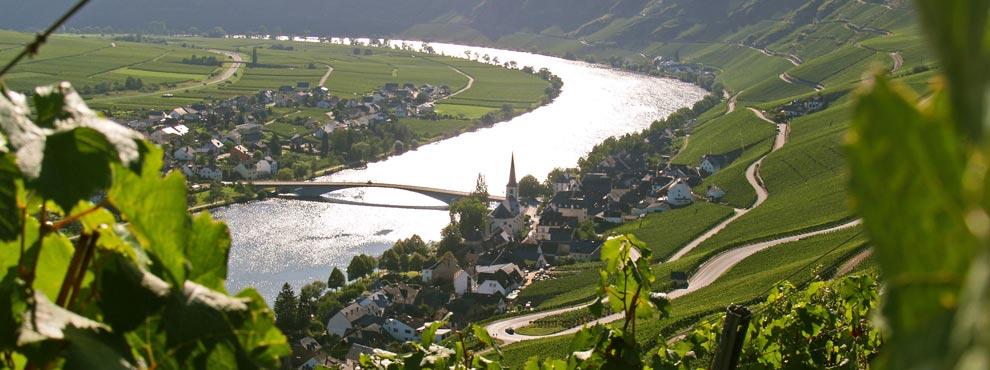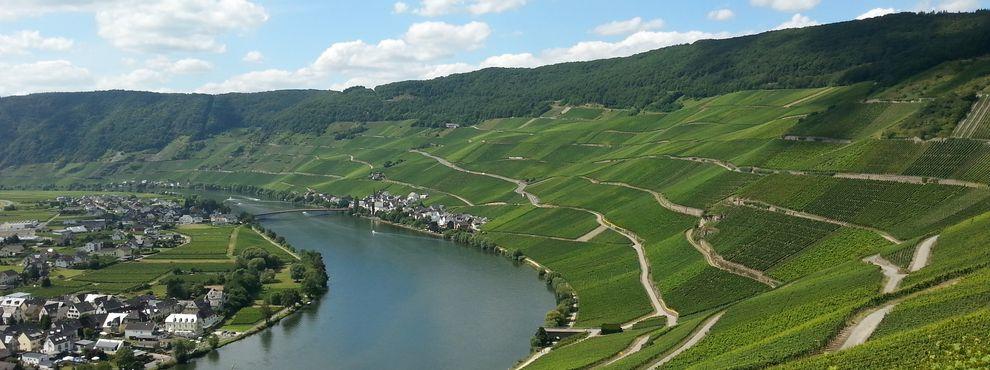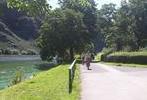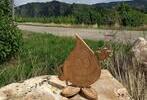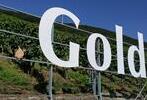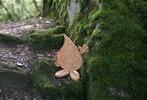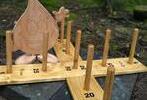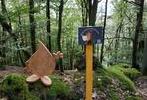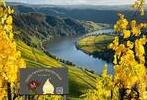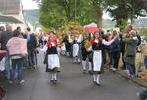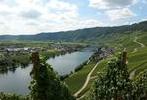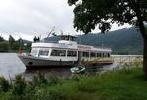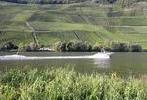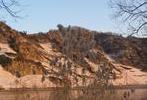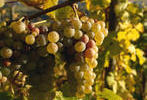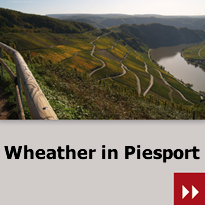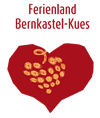Terroir Piesport
Terroir... a term that is discussed often, but cannot be explained... or can it?
To explain this term, we should best go on a journey through time... in the case of Piesport, to the 2nd century CE.
At exactly this point, something that could be called the "Big Bang" of viniculture happened in our region.
When the Romans pushed into our region almost 2,000 years ago, they needed wine for their troops, because according to traditions, each legionary was granted a certain ration of it. So it was the Romans, experienced with viniculture, who cultivated wine especially on sun rich slopes with good soil properties, the first vines of our region.
The two essential components of terroir... climate and soil, had to exist in order to grow vines at all. As with any plant, an optimal natural condition is not without consequence for the vine and so, because of physical and biochemical influences, a direct impact on the contents of the grapes occurs.
Of greatest importance for the grape is the microclimate of each site, since every area of a vineyard has different conditions. If one site has, for example, 12 hours of sunlight, another area might only have 10 hours. In one area, the nightly dew dries in the early morning hours... in another, perhaps only around midday. All this affects the vine to a considerable extent, and often produces very different, distinct wines and flavors in one vineyard. Thus, we come to the third component of the terroir...
Man.
It was the wine-makers who gave the sites often strange-sounding, but clearly defined names due to the diverse nature of the wines. It is the wine-maker who decides on selection of the vines, soil management, crop protection, trimming and conditioning of his vineyards and ideally achieves a symbiosis, emerging from decades of experience and knowledge of his wines.
If such a symbiosis succeeds, the wine-maker can often produce exceptional wines nobody else could produce with the same terroir. So, the Piesport top locations "Goldtröpfchen" and "Domherr" can be clearly distinguished from each other in their nuances and show typical traits, even though both locations are directly next to each other.
It quickly becomes clear that what can be found right here is the most striking contrast to a mass-produced wine which naturally possesses much less expressed nuances... and yet... that is where the roots of wine-making in Europe lie: In the former needs in a large amount of wine for the Roman Empire.
Jörg Kinn, Piesport 2008

